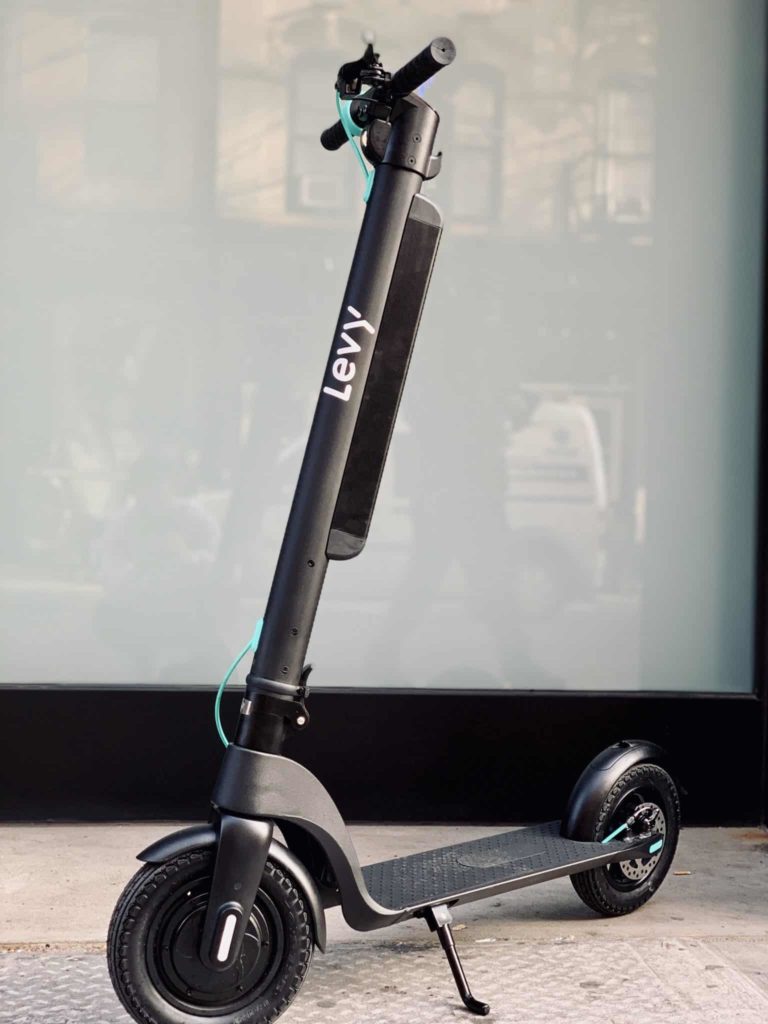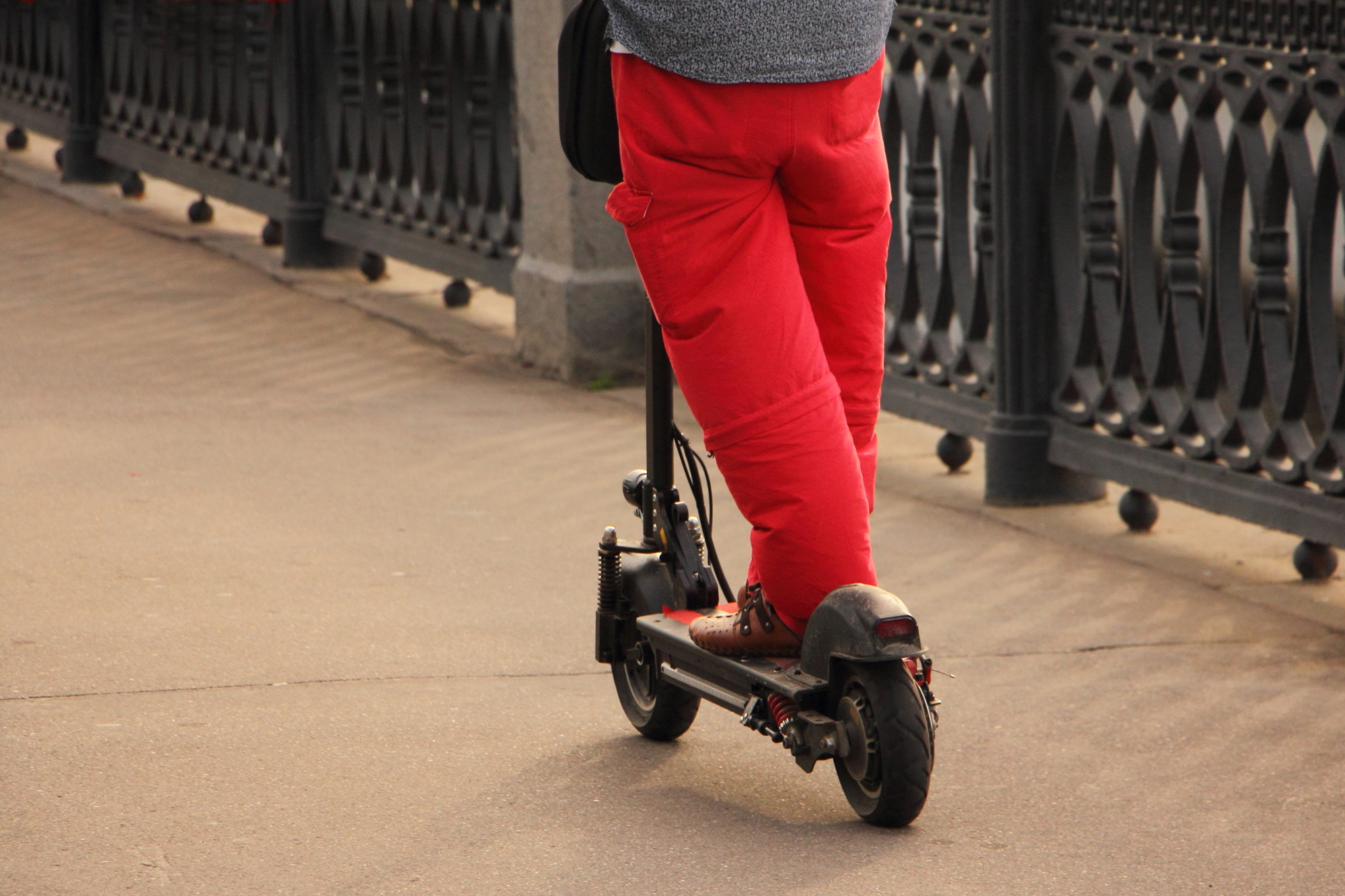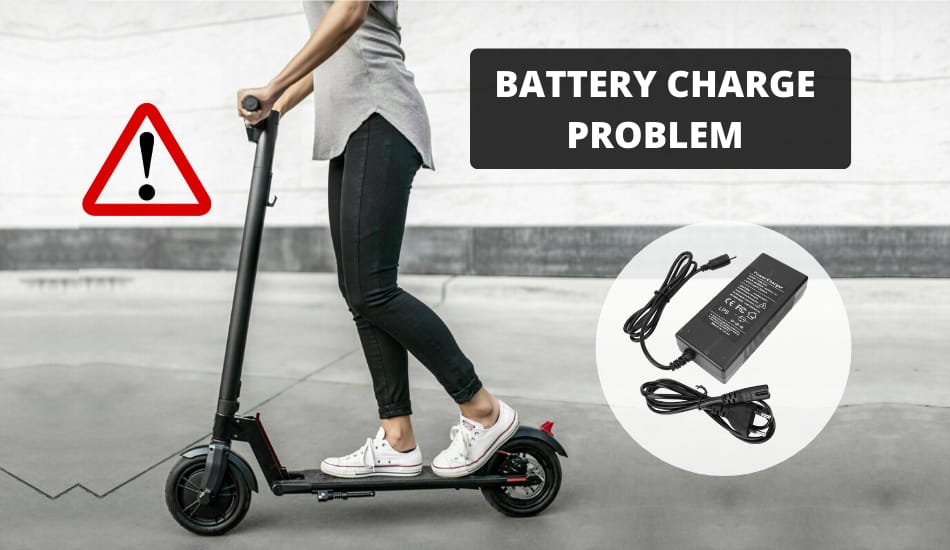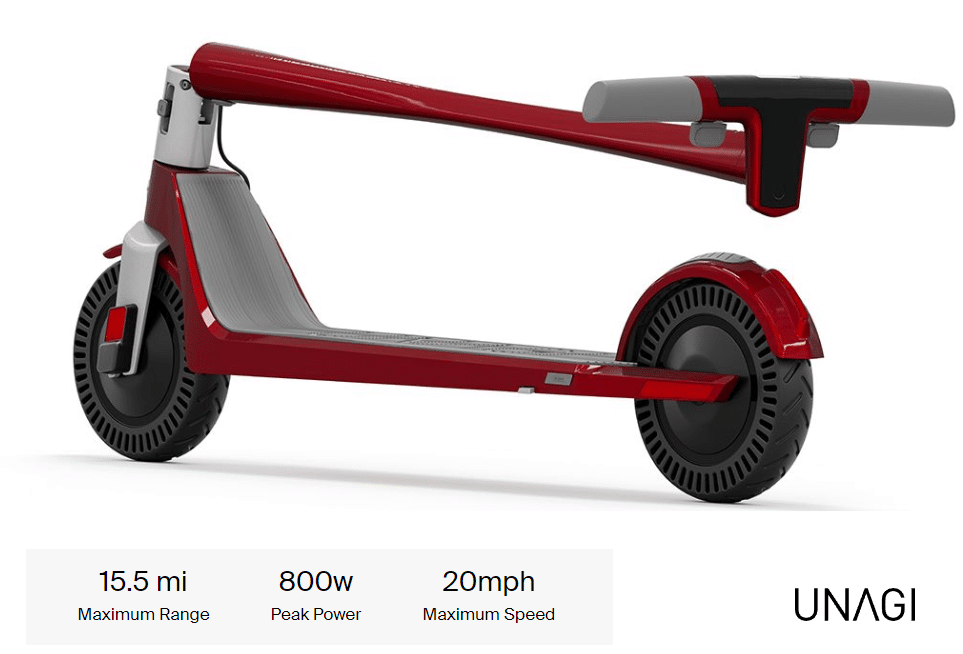Table of Contents
Many riders often forget to even consider to think about or even read up on the options of different battery types when picking a new electric scooter. Here we’ve gone through the battery options and which one may be best for you.
Out of all the components that make your e scooter perform well, its battery type might not necessarily be one of the topmost components that come to mind when determining your e scooters speed and max range. However, the type of electric scooter battery you decide on can have a genuine impact on the overall performance of your electric scooter.
Therefore, it may be beneficial to do the necessary research on battery types beforehand to ensure you don’t end up with a battery that ends up disappointing in the end.
When talking electric scooter battery types, two of the most common battery types you’re most likely to encounter are lithium-ion batteries and sealed lead-acid batteries.
Variations of Lithium-Ion Batteries

One of the benefits of li-ion batteries is variations of your typical lithium-ion battery, including lithium iron phosphate batteries that last even longer than standard lithium ions. And then, you can also get a lithium polymer battery which is generally smaller in size enabling it to fit easier into e scooters as a result of its smaller design.
Lithium Vs Lead-Acid Batteries
The differences between these two popular battery types aren’t limited solely to their names. Their differences are so distinct that you aren’t likely to be confused with the two once you get to know what sets them apart from each other.
Although both can and are found in many electric scooters today, the lithium battery is slowly overtaking the presence of lead-acid batteries due to advances in modern technology and the need for more energy-efficient alternatives that can do the job just as well but with less effort.
However, the arrival of lithium batteries has not totally displaced the need for lead-acid batteries or even other types of batteries. Let’s find out why.
The cost
The cost of an electric scooter battery is one of the most important things to consider when deciding to purchase an electric scooter. After all, an e scooter with an expensive scooter battery will be equally expensive (if not more so) should you need to replace it one day.
One of the critical differences between lithium-ion batteries and sealed lead-acid batteries is that the latter is distinctly cheaper than the former. This is precisely why sealed lead acid batteries are more common in lower-priced electric scooters.
The battery capacity
Sealed lead-acid batteries might be cheaper, but they also don’t have quite as much output capacity as the more energy-efficient lithium-based batteries.
This means that lithium-ion batteries can essentially function at a much higher battery percentage (up to 85% of the battery’s capacity) as opposed to just 50% for a sealed lead acid battery before it’s ready to be charged again.
Energy-efficiency & life cycle
The life cycle of an electric scooter battery is also important to take into account. Lithium-ion batteries last longer than sealed acid batteries because they can convert a higher percentage of battery power into energy (almost its total battery capacity) instead of 85% of the energy power of lead-acid batteries.
A lithium-ion battery also has a longer life cycle and can endure up to 1000 charged cycles. In contrast, a lead-acid battery can only generally last up to 300 charge cycles in total.
Nickel Metal Hydride battery packs
There also exists a third battery type known as nickel-metal hydride (NiMH) batteries. The nickel-metal hydride battery is somewhat in between the lead-acid and lithium-ion batteries because it has properties of both.
One of the most popular battery types, it is commonly found in e scooters and is also present in many other types of electronics such as digital cameras, computers and mobile phones.
Nickel Metal Hydride batteries vs lithium batteries
Suppose you are looking for a more budget-friendly battery than a lithium battery but not quite as bulky as a lead-acid battery. In that case, a nickel-metal hydride battery could be the battery for you.
In addition to it being more affordable, it is also more environmentally friendly (which is a BIG plus, nowadays). Nonetheless, as previously stated, nickel-metal hydride batteries have similar properties to li-ion batteries and lead-acid batteries. However, there are also specific key differences.
Let’s find out what they are below:
Energy density
Like the li-ion batteries, NiMH batteries are also energy efficient with quite a high energy density. This means that despite the battery’s smaller size, it can still store more energy than a battery with a lower density would. That said, lithium batteries still trump NiMH batteries on this front, as they have an even higher battery capacity output than nickel-metal hydride batteries.
Lifespan
Nickel metal hydride batteries tend to have a longer lifespan than li-ion batteries in terms of cycle durability (cycle durability refers to the number of times a battery can be charged and fully discharged in its lifetime). One of these reasons for this is it’s less sensitive to extreme temperatures. However, there are certain other factors such as temperature control and self-discharge rates that can influence the lifespan of batteries for the better or for the worst.
Li-ion batteries have a lower self-discharge rate than NiMH batteries, which contributes to their longer lifespan. In contrast, the self-discharge rate of NiMH batteries is higher, which can, in turn, reduce the lifespan of this battery.
However, the rate at which a battery self-discharges ( i.e. where a battery discharges on its own without any external influences) can be minimised if the battery is maintained at optimum temperatures. And if the battery is maintained sufficiently overall, including charging it correctly (but we’ll get to that later!)
Cost
Lithium-ion batteries cost substantially more than a NiMH battery pack (up to 40% more in some cases). This is where a nickel-metal hydride battery beats a lithium battery, cost-wise. As such, considering the cost implications of purchasing a specific battery is doubly important to ensure you don’t regret a purchase in the long run.
A nickel Metal Hydride battery vs a Lead-Acid battery
Sealed lead-acid batteries are still popular today due to their reliability and lower cost. However, they are more commonly used in motor vehicles than electric scooters, where lightweight batteries such as lithium batteries and nickel-metal hydride batteries are now the preferred option.
There does seem to be one notable similarity between a nickel-metal hydride battery and a sealed lead acid battery, though – both take significantly longer than a lithium battery to charge (up to double the time in some instances).
Taking care of your electric scooter battery

Electric scooter travel can be impacted by the type of battery an e scooter has. An electric scooter’s battery will also determine the max distance the scooter is capable of.
The type of battery will also directly affect the maintenance of your e scooter, depending on how often you will need to have a replacement battery on hand or not. And since many electric scooters come with lithium batteries already, it is essential to look after the battery properly to not compromise its battery life in any way.
The first charge
When it comes to the first charge of your electric scooter battery, it is super important to charge the battery fully before use (as tempting as it may be to ride your e scooter straight after setting it up).
However, it’s important to note that if you should ever need to replace your charger at any stage for a lithium battery-powered e scooter, not just any regular charger will do.
Furthermore, using a trickle charger, in particular, to power up your electric scooter is a definite no no. Generally speaking, the proper charger should, ideally, charge at 4.2 Volts to ensure that the battery charges at the rate it requires.
Tips for charging an electric scooter correctly
Let’s face it – your e scooter battery and scooter charger go hand in hand. And it would, therefore, make just as much sense to look after your charger just as carefully as you would your scooter battery.
So, when it comes to charging your electric scooter the first time around, it is essential to do so correctly to prepare your e scooter for the many days of travel ahead of it.
Here are some tips to help you charge your battery as best as possible:
• Unless otherwise stated on the user manual, plug the charger first into the wall outlet before plugging it into the charging port of your electric scooter. Your charger will then be spared the sudden surge in power, which can damage your charger.
• Plug the charger into the charging port correctly as per the fitting requirements.
• Charge your electric scooter until it indicates that the battery is fully charged.
• Disconnect your charger from your scooter as soon as it is charged sufficiently before unplugging it from the wall outlet.
There are many tips on how to properly care for your scooters battery.
How to maximise the battery life of a Lithium battery

Scooter batteries may seem a bit temperamental, but there are ways to maximise the life cycle of your scooter battery so that it lasts longer.
Here are some tips:
• Try not to charge the battery fully, as this tends to reduce its lifespan. Broadly speaking, a battery capacity of around 80% should be sufficient to get you from A to B whilst also protecting the battery’s shelf life.
• If you are planning to store your electric scooter for a prolonged period of time, ensure that your battery remains charged at just under the halfway mark. Discharging your battery completely before storing it can affect the quality and lifespan of your battery. However, there should be just enough battery capacity so that it covers the self-charging rates that will naturally occur over time. It’s also just as essential to ensure that your e scooter is stored in a cool, dry place with no temperature extremes, as this can also go a long way in extending the life of your battery.
• When driving your e scooter, take care not to exert the battery beyond 80% of battery capacity. As simple as it sounds, this can actually end up increasing your battery life four-fold!
• As mentioned before, never leave your charger plugged in the wall outlet longer than necessary. Always unplug your charger straight after your e scooter is ‘fully’ charged.
• Lithium-ion batteries should be never be fully charged or completely discharged in under an hour. Instead, charge these types of batteries the length required as per the user manual to prolong the battery’s longevity.
It may seem a bit of work, but adhering to these basic steps can help keep the battery of your electric scooter in tip-top condition.
Here are some vital tips when it comes to your battery
A Which is better: Lithium or Lead-Acid?

As technology advances, upgrades to conventional battery types are an inevitable occurrence. These changes have become even more apparent regarding electric scooters and their most compatible battery types.
With lithium-ion batteries increasing in popularity, sealed lead-acid batteries are becoming increasingly obsolete (in electric scooters, that is). However, one of the main differentiators in determining the best battery type for your electric scooter comes down to cost.
Lithium-ion batteries are undoubtedly more expensive to purchase and replace. Lead-acid batteries, on the other hand, are cheaper but not quite as energy efficient.
The choice, at the of the day, is up to you and your preference as well as your budget to help you choose between the more popular (and more expensive) lithium battery and the more affordable (but not as energy efficient) lead-acid battery, or even the nickel-metal hydride electric scooter battery if that’s what floats your boat.

Author:
Holly Darani
BIO:
Holly is a lover of the outdoors and is always up for an adventure! She loves learning something new – whether that involves SEO or scooters!

 Free Shipping
Free Shipping Service included
Service included Theft Insurance included
Theft Insurance included No BS
No BS